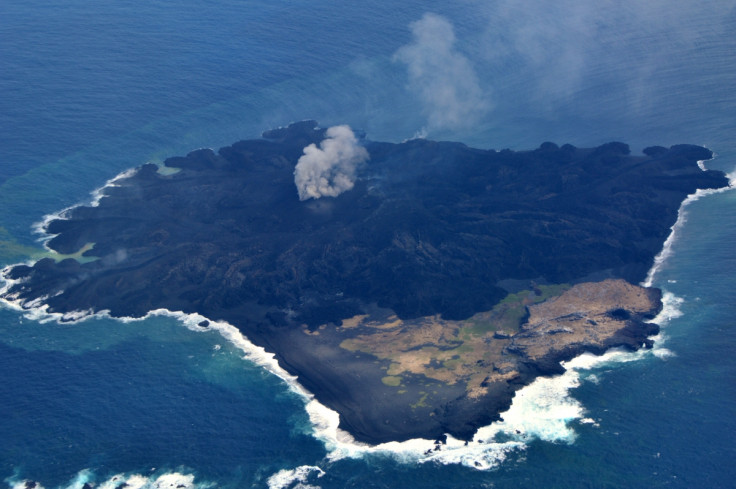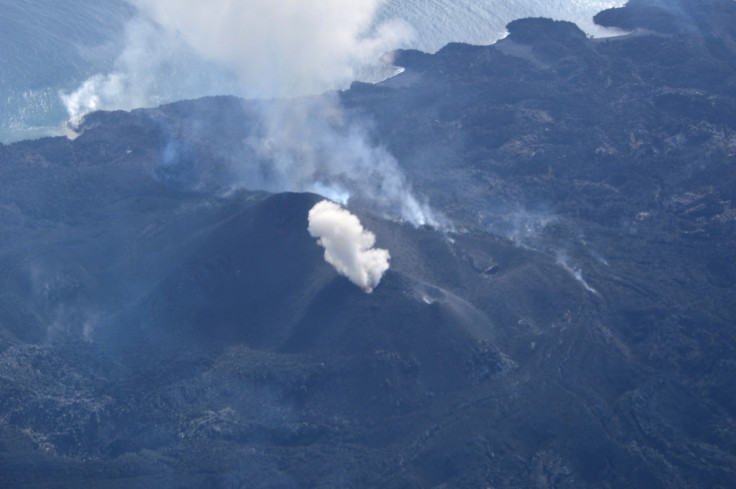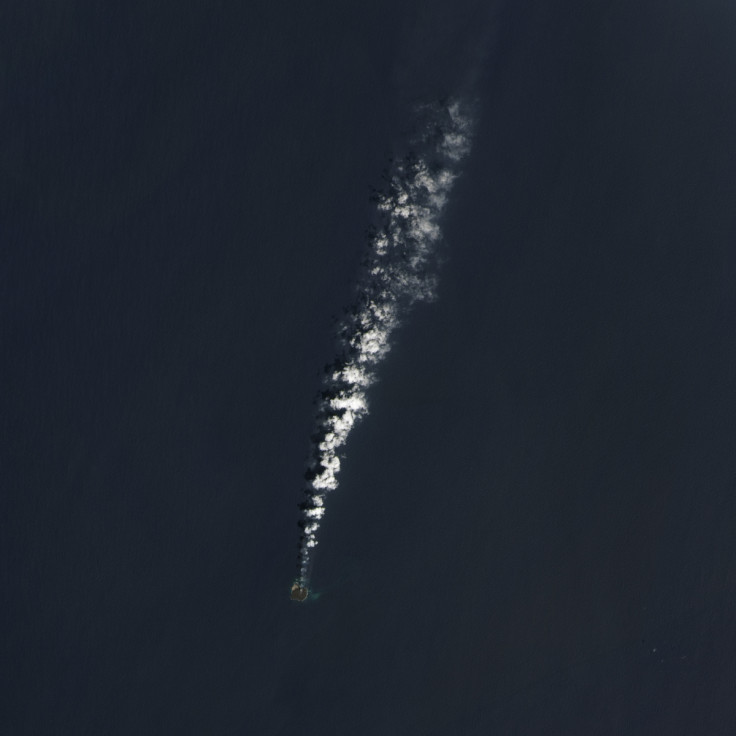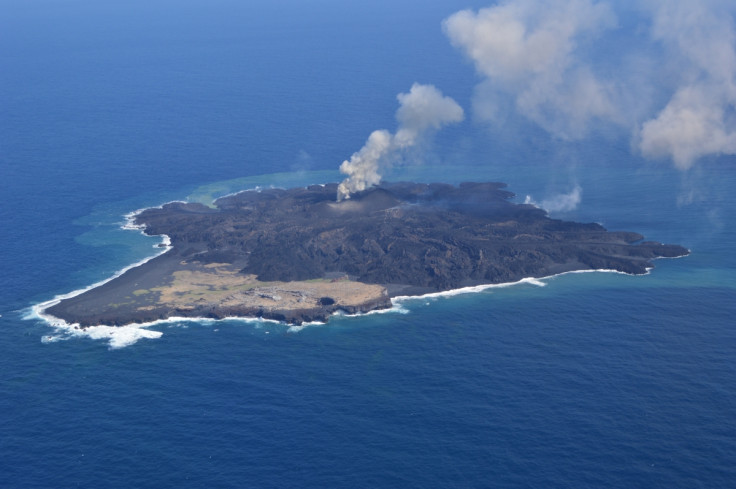Japan's Volcanic Island 'Consumes' Sister Nishinoshima and Continues to Expand

Japan's volcanic island that emerged last November has now consumed its sister island Nishinoshima.
The island, originally called Niijima when it first emerged, has eaten its neighbour after continuing to erupt and grow over the last six months.
New images from Japan's Coast Guard and Nasa's Earth Observatory show how the island has taken over its neighbour to become one land mass.
Niijma became Nishinoshima after it first began to join with its larger sister at the beginning of the year.

Initially, it was believed Niijima would disappear shortly after it arrived. However, due to its continued eruption, it has the potential to continue growing and survive indefinitely.
"On March 30, 2014, the Operational Land Imager on the Landsat 8 satellite captured this image [below] of Nishinoshima, which sits about 1,000 kilometres south of Tokyo in the Ogasawara (Bonin) Island chain," Nasa said.
"The Niijima portion of the island is now larger than the original Nishinoshima, and the merged island is slightly more than 1,000 metres across.

"Two cones have formed around the main vents and stand more than 60 metres above sea level, triple the highest point of the island in December. Volcanic lava flows are reported to be most active now on the south end of the island."
Erik Klemetti, a volcanologist, said: "This is a great example of how volcanic islands like this in the Bonin Islands grow over hundreds to thousands of eruptions."
In total, the island now measures around 1,200m across and is roughly 60m above sea level. When it first emerged, Niijima was 500m from its neighbour.

Nishinoshima also formed from an underwater volcanic eruption in the 1970s. After this, the island thrived and began to attract wildlife shortly after.
Discussing how life emerged on Nishinoshima, volcanologist Rebecca Williams told IBTimes UK in January: "There's already four different species of plant that live there and flowering plants. They've got ants, bugs, flies and butterflies. So that's only 40 years but already life has started to take over.
"And that's quite a slow colonisation rate – it can happen much quicker but because here they are so far from other bits of land that it's taking a lot longer for life to turn up. If [Niijima] sticks around, I'd expect it to be colonised within 30-40 years as well."
© Copyright IBTimes 2024. All rights reserved.






